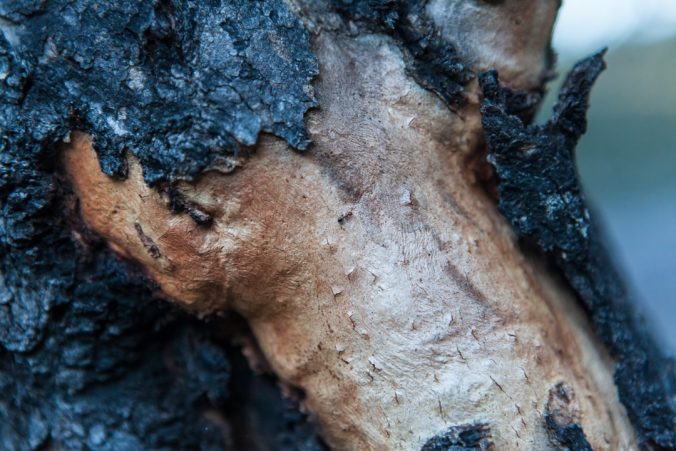The Australian bushfires are an extraordinary crisis. There has been an outpouring of support from every corner of Australia and the world. What is the best way to use your donor dollars?
Some simple steps will help you be sure about donating effectively:
- Know your cause
- Decide what scale of organisation will best address that cause
- Check that they are a registered charity
What kind of charity should you donate to
The sheer scale of this tragedy has led to a huge outpouring of support. But there remains the question of where is best to give your money.
As I talked about in our practical donating series, a big part of donating effectively is deciding what is most important to you. Is it helping the people most badly affected? Preventing further fires? Helping the wildlife that have been critically injured? Decide which you’re most passionate about, and follow your heart – it will mean you are more likely to be generous, and interested in staying engaged.
Evidence-based disaster relief
While this year’s fires are unprecedented, disaster relief is a well-trod path. You can see that in the different approach between NSW and Victoria, which learned the lessons of the Black Saturday fires and had a much more coordinated approach. So what are the best approaches for disaster relief, and which charities are following that model? Unfortunately, I was unable to find substantive academic research into the most effective interventions in disaster relief, with ‘best practice’ being the most likely evidence available (see https://bmchealthservres.biomedcentral.com/articles/10.1186/s12913-019-4102-5). For your chosen charity, see if they talk about:
- collaboration with other organisations
- what they’ve learnt from previous disasters
- whether they involve the local communities they are affecting in their decision making.
Charity size
Should you donate to large organisations or small organisations? Smaller local organisations can be more targeted with their support, but larger organisations have the benefit of scale. Organisations that are already on the ground in those communities are more likely to have the connections and structures in place to deal with them. Larger organisations will often redistribute funds to local charities with better knowledge of what is happening on the ground.
Charities to support
Now that you have a good handle on where you’d like to donate, the folks at Edge Environment have put together a brilliant decision tree that has categorised the different organisations working to alleviate the affects of the bushfires. Take a look, and identify a charity that matches with your goals and aspirations.
Don’t just think short term
This is a skirmish in a long, long war. Not just for the communities affected, but for Australia and the world.
For these communities, recovery will take years, long after the bushfires themselves have ended and the media has moved on. Many charities are stockpiling resources for these long-term needs, but a number of charities are focusing specifically on the long-term recovery, such as the Foundation for Rural and Regional Renewal.
As climate change continues, we can expect more and worse natural disasters. Long-term, the only way to prevent these kinds of disasters is to fight them at the cause. Charities working on climate change include the Climate Council Australia, and the Australian Youth Climate Coalition. For a more comprehensive list of charities working in climate advocacy, see this list at Climate for Change.
Remember to check charity registration
As always, check that your chosen charity is on the ACNC register before you donate.
Further reading
Alyx Gorman, “Do your homework, give cash and avoid scams: how to donate to Australia’s bushfire crisis“, The Guardian 8/1/2020
Jess Bowman, “Risk assessment of Australian bushfire charities“, The Good Cause Co.

Leave a Reply